If you are in the market for a new TV and find yourself confused by all of the available technology — you’re not alone. There are LED/LCD, QLED, Mini-LED, NanoCell, OLED, and QD-OLED TVs. Each of these labels represents a core TV technology, and manufacturers are using the nomenclature as a marketing tool to convince you that they have the shiny new box. WTF is ULED TV? Most consumers have never heard of it.
Hisense has reached the number 2 spot in worldwide TV shipments and is making big inroads into the U.S. market. As a result, it made the decision to market its higher-end LCD-based TVs using the ULED TV label.
Unlike the labels listed at the top of this page, the ULED TV label doesn’t refer to specific core technology, but a variety of technologies and features under an umbrella term. Although these technologies aren’t exclusive to Hisense, placing them under a brand-specific marketing label, gives TV-buying consumers the impression that a ULED TV is something different.
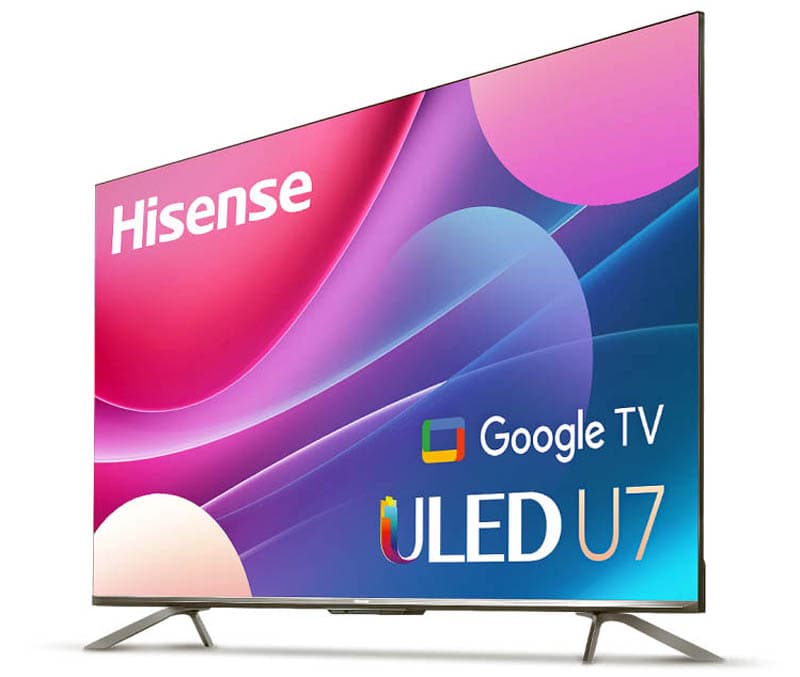
Here are features that Hisense includes under its LCD-based ULED TV marketing label.
4K or 8K Display: Hisense ULED TVs feature either 4K or 8K display resolution.

Display Resolution Horizontal/Vertical Pixels Total Displayed Pixels 8K UHD 7,680 x 4,320 33.3 million (33 megapixels) 4K UHD 3,840 x 2,160 8.2 million (8 megapixels)
Video Upscaling: Just like TVs from other makers, ULED TVs provide video upscaling for lower resolutions up to 4K or 8K depending on the specific model.
Quantum Dots: Select ULED TVs also incorporate Quantum Dots. These are nanocrystals with semiconductor properties. When quantum dots are hit with photons coming from the LED blacklight, they provide color enhancement for the LCD Display Panel. ULED TVs are part of the QLED TV landscape although they are not promoted as QLED TVs.
Wide Color Gamut: ULED TVs display a wide color gamut (99.98% of the DCI-P3 color spaced). This means that ULED televisions provide well-saturated and accurate colors.

HDR: All ULED TVs include compatibility with several HDR formats including HDR10/10+, Dolby Vision, and HLG. Actual TV light output varies with the model number. This would determine the degree of the HDR effect.
Full Array Local Dimming: ULED TVs use full-array local dimming to enhance the contrast range. With local dimming, the TV can dim the LED backlights in specific zones for deeper blacks. The number of dimming zones varies by specific model. This is explained in more detail in our companion article: WTF is an LED TV?

Motion Processing: Under the label “UltraSmooth Motion Technology” motion response beyond the TV’s refresh rate is implemented. Hisense reportedly uses the Black Frame Insertion technique via backlight scanning.

VA LCD Panels: Hisense, along with most TV makers uses VA (Vertical Alignment) LCD Panels in its ULED TVs. VA panels provide the best center-seat viewing experience. However, as you move off to either side, you will notice an increasing amount of color and contrast fading. The exception to this is LG, which predominantly uses IPS (In-Plane Switching) LCD panels non their TVs. IPS panels provide a wider viewing angle than VA panels, but the black levels are not as deep as is possible with a VA panel. Read more about VA and IPS LCD panels.
Tip: Although not central to the ULED designation, all ULED TVs are smart TVs that use either the Fire TV, Roku, Android, Google, or VIDAA streaming platforms, voice control with Alexa and Google Assistant, and also include varying degrees of audio enhancements depending on the model. Select ULED models are WiSA SoundSend certified and include NextGen TV Tuners.
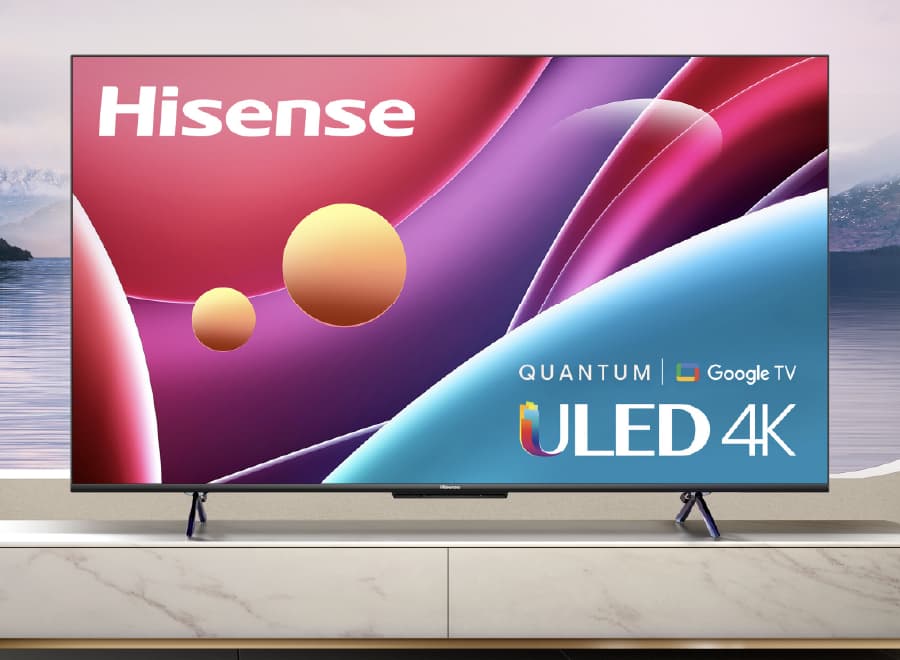
Hisense ULED TVs offer up a well-executed combination of capabilities and features, that seems to appeal to an ever-growing number of consumers worldwide looking for both performance and value for their money.
Check out their 2022/23 line-up.
Related Reading
Buying a New TV: Everything You Need To Know
















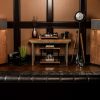









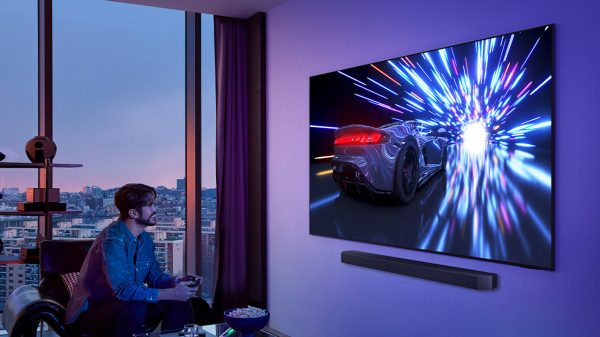

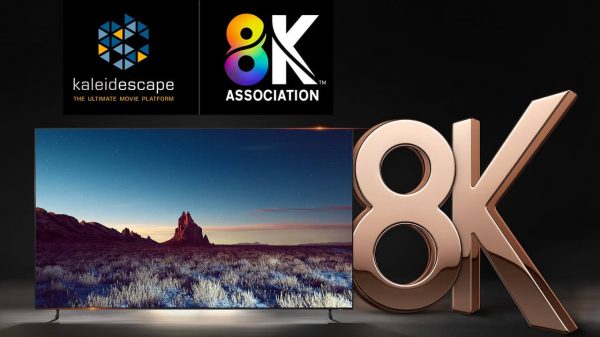

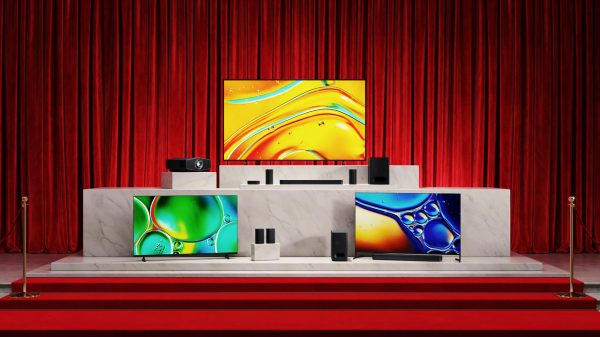





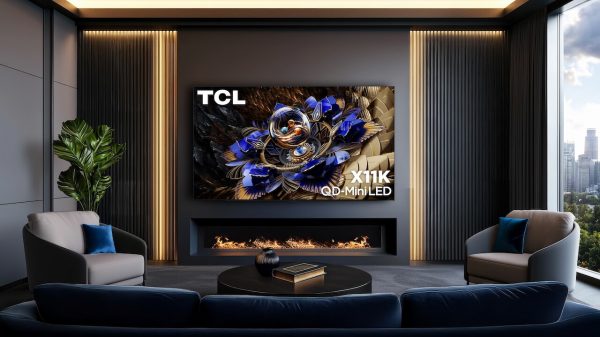

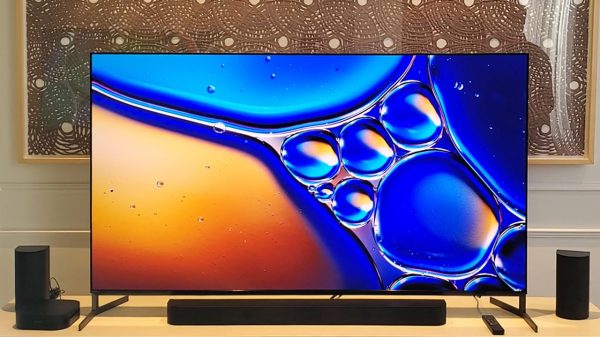












David
December 12, 2022 at 3:49 pm
WTF with all the WTF headlines? Seems juvenile and lazy.
David
Ian White
December 12, 2022 at 4:03 pm
David,
Using “WTF” helps with SEO and how Google ranks each article. It’s working. WTF is wrong with that? 🙂
Ian White
David
December 13, 2022 at 5:56 pm
Ian,
Perhaps a site name change to “WTF is Ecoustics?” would help even more with search engine optimization. And yes, I googled your acronym lest I ask, “WTF is SEO?”
David
p.s. Wait. Are you serious? The term WTF really leads readers to your site? WTF??
Ian White
December 13, 2022 at 6:44 pm
David,
Over 430K visits and 1.2M page views in November alone.
“WTF” and “What is…” generate a lot of queries on Google. People actually type that in. Our “WTF” series which is meant to provide a lot of valuable information on the topics that we have covered so far has done really well much to our delight.
Human beings are strange.
Best,
Ian White
David
December 14, 2022 at 4:16 am
Ian,
Haha. Alrighty then. Keep up the good work.
David